Nylon Tubing
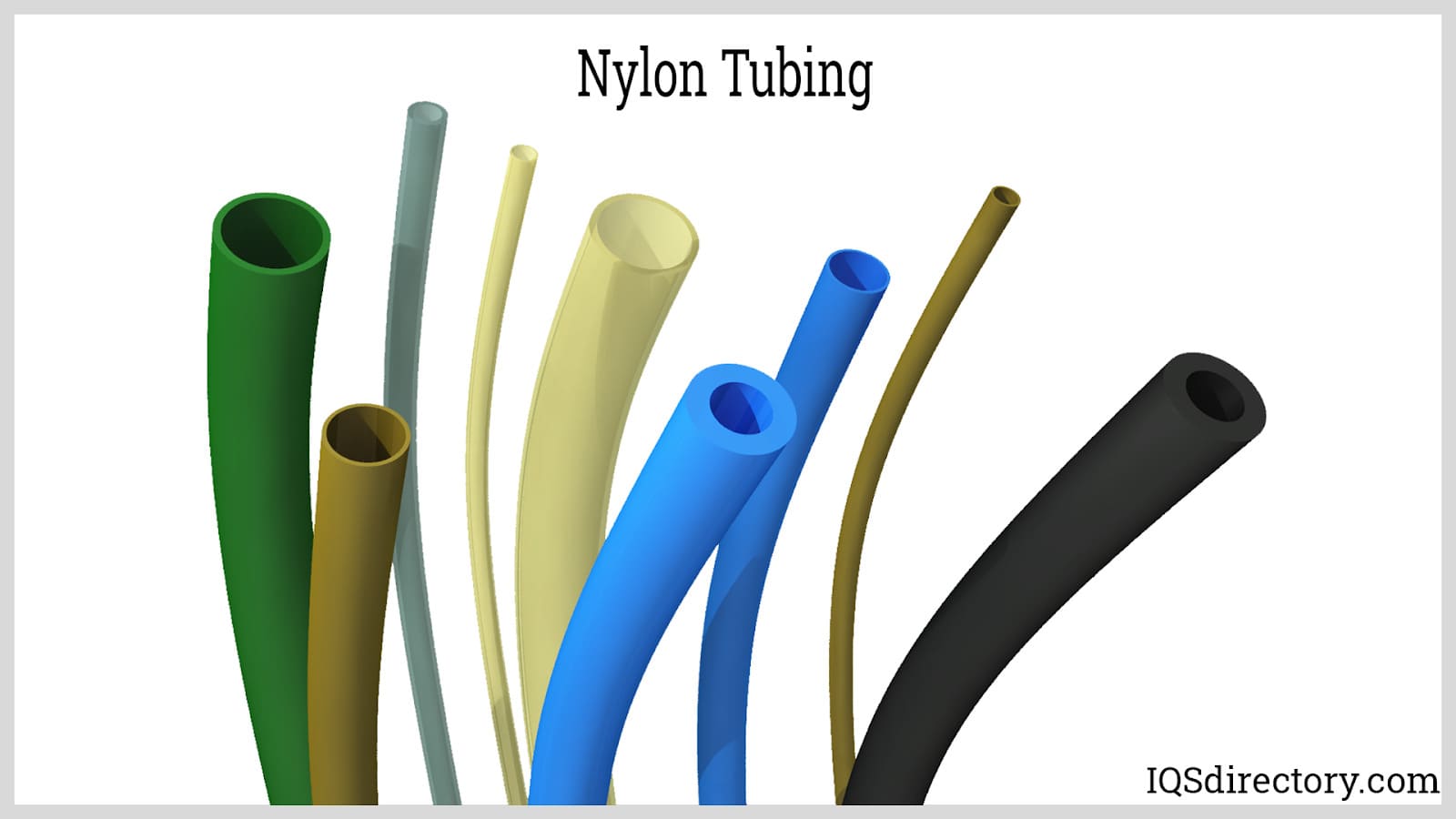
Nylon tubing, also known as polyamide tubing, is a type of tubing made from polyamide resin, which has a strong resistance to abrasion. It is used in high-pressure and high-temperature applications...
Please fill out the following form to submit a Request for Quote to any of the following companies listed on
This article takes an in depth look at Poly Tubing.
You will learn more about topics such as:
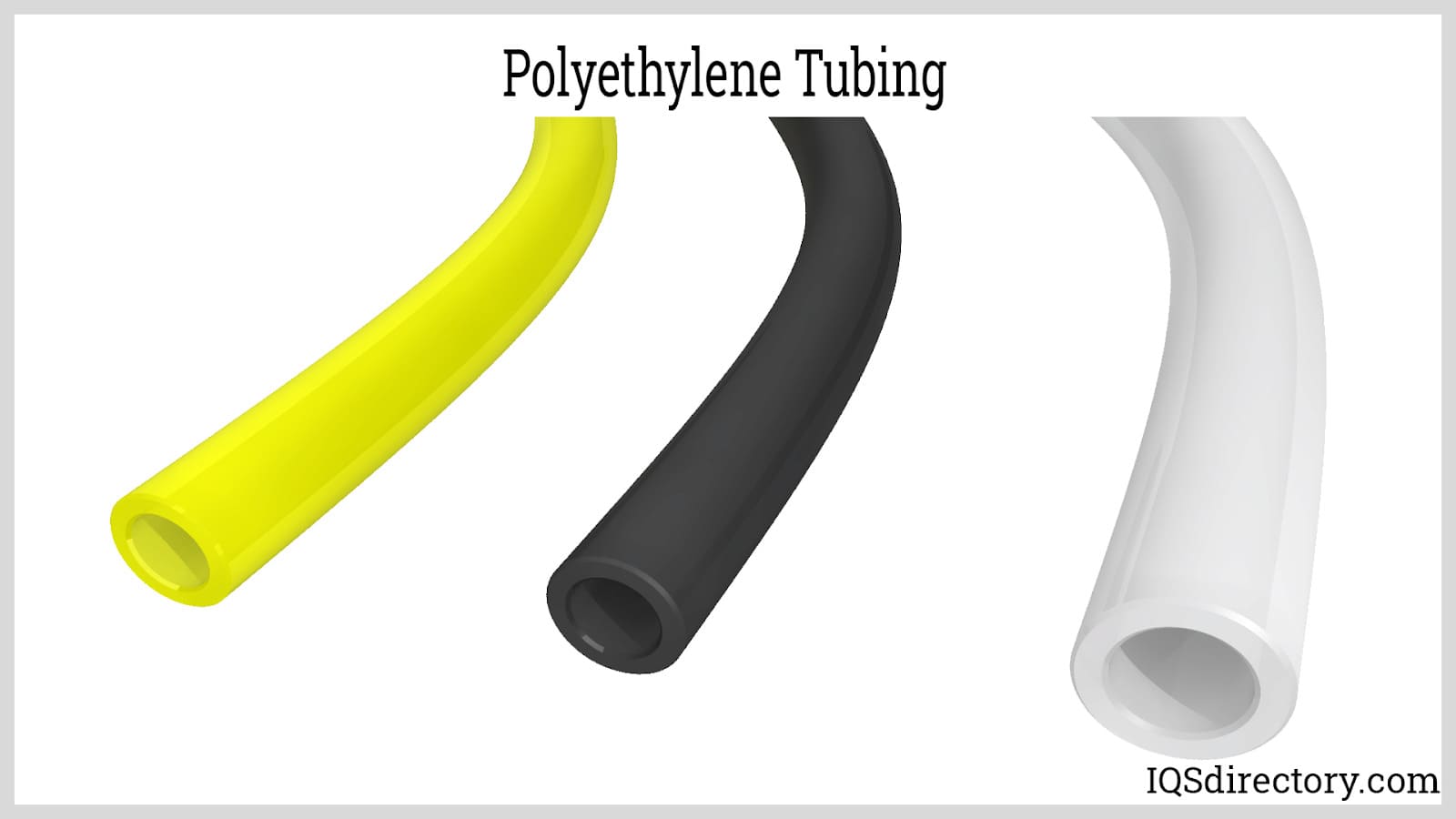
Polyethylene tubing stands out for its lightweight, flexible, and durable nature. It is produced using various polymers such as polyethylene, polypropylene, and polyurethane, which are products of ethylene polymerization. This tubing type is incredibly versatile with walls that are resistant to cracking and breaking. Notable types include high-density polyethylene (HDPE) and low-density polyethylene (LDPE).
Poly tubing encompasses all tubing varieties made from distinct polymers originating from natural gas and crude oil. Its widespread use is primarily due to its cost-effectiveness, with polyethylene recognized as one of the most economical resin options on the market.
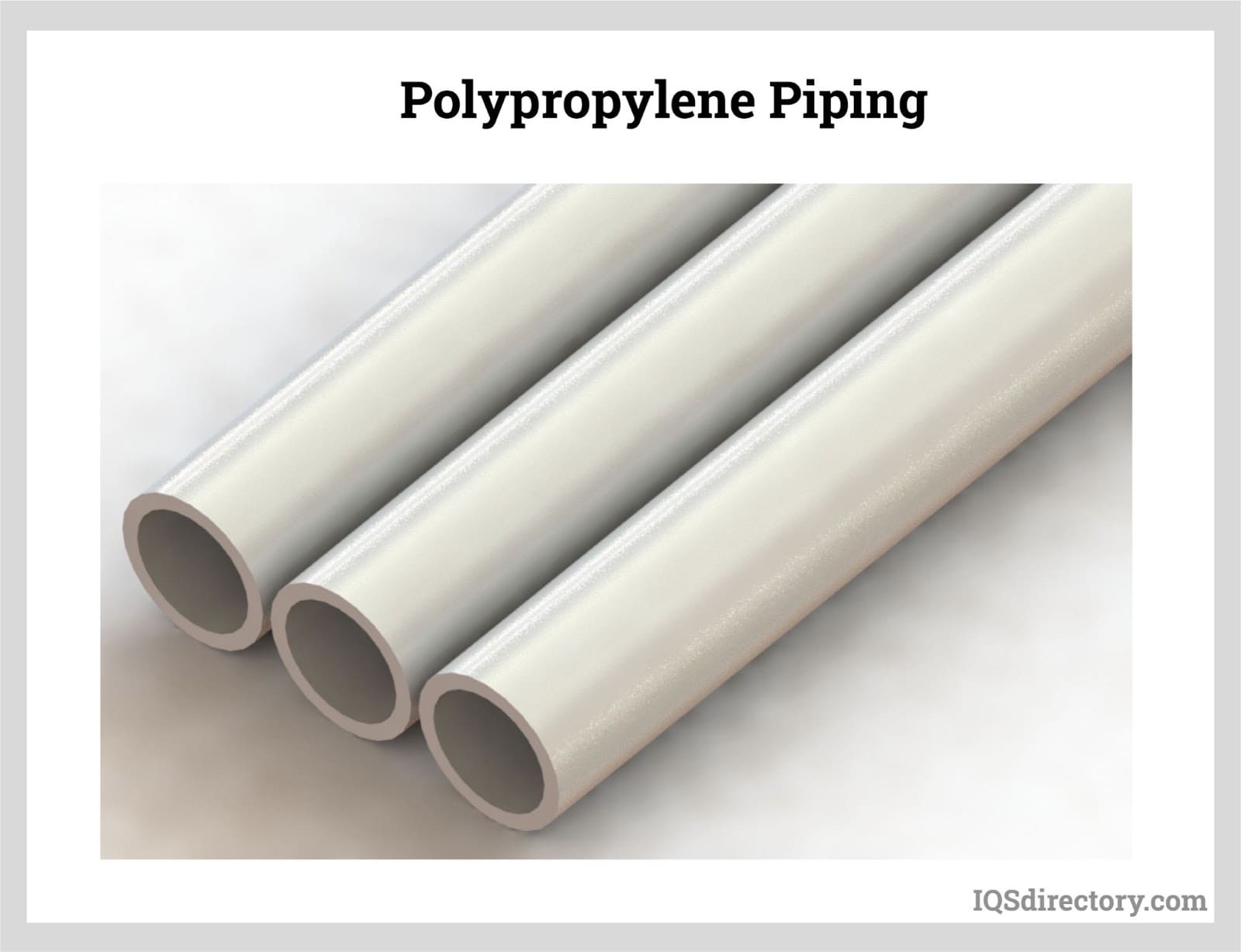
The major difference between HDPE and LDPE is their degree of flexibility. LDPE is notably flexible, whereas HDPE is more sturdy and less pliable. Despite these variations, both poly tubing types offer comparable integrity and durability. The extrusion process is predominantly employed in manufacturing poly tubing, among other techniques.
Polyurethane is a common resin used for making poly tubing, distinguished by its capacity to be either rigid or flexible. It was first developed during World War II as a substitute for rubber. The enhanced durability and performance of polyurethane over rubber contributed to its rising usage both during and subsequent to the war.
Poly tubing is made from materials such as polyurethane, polypropylene, and polyethylene. These polymers are constructed from ethylene chains, which consist of carbon and hydrogen atoms. The base materials for creating these polymers are sourced from crude oil and natural gas, with natural gas being the more commonly used feedstock. The specific thickness and density of poly tubing are tailored to its intended use, with the wall thickness and rigidity defining its type.
Poly tubing generally falls into two categories: HDPE and LDPE. HDPE is characterized by its rigidity and inflexibility, whereas LDPE offers greater flexibility and adaptability. Despite the differences in their thickness, both types of polyethylene are initially processed using heat applied to petroleum products.
The process of manufacturing poly tubes begins with the manufacturing of the raw material, polyethylene. The production of polyethylene (PE) involves the polymerization of ethylene from crude oil or natural gas. PE is a member of the family of polymers that range in configuration from low density to high density with each of the various forms having different properties and characteristics. The molecular structure of polyethylene can be seen below.
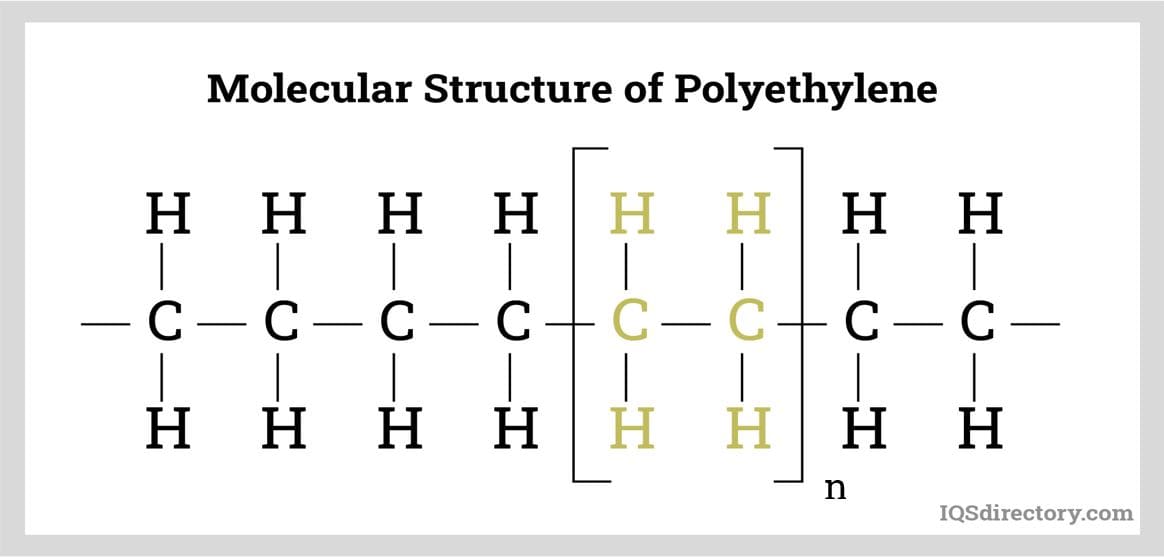
When discussing the methods used to produce poly tubes, there are four distinct processes that are commonly described, which are extrusion, injection molding, blow molding, and rotomolding. Though all four methods involve the heating of the polyethylene material, each method has a very unique approach to shaping the tubing.
The production method of poly tubing significantly influences its applications. Each manufacturing process imparts unique characteristics and properties to the final product.
Extrusion is the most prevalent method for manufacturing poly tubes. Like other production techniques, extrusion starts with heating resin pellets, which are then fed into a hopper. A screw mechanism pushes these pellets towards a die that shapes them into the desired tube profile.
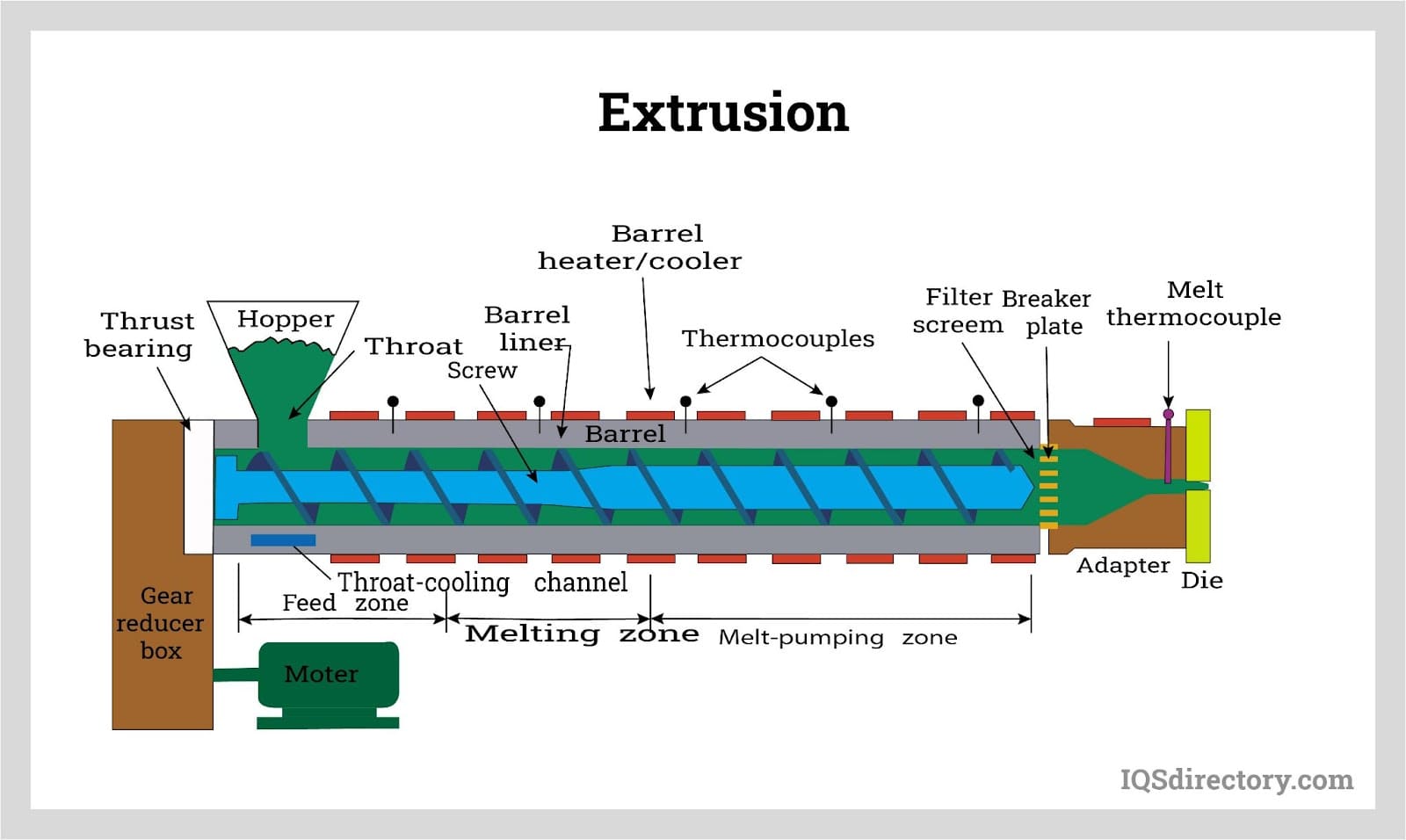
As illustrated in the diagram above, the material is introduced into the extruder's barrel through the hopper's throat. Inside the barrel, a screw mechanism pushes the material forward. The resin beads are gradually heated as they move through different temperature zones in the barrel, which helps to melt them evenly and minimize the risk of overheating.
Once the material is melted, it passes through a screen and a breaker plate to increase pressure and remove contaminants. The pressure at this stage is about 5000 psi to ensure a consistent melt. Following this, the molten resin flows through the die, where it is formed into the tube shape.
After exiting the die, the extrudate is pulled through a water bath to cool down. Due to plastic's thermal insulation properties, it retains heat and is challenging to cool. A controlled vacuum is applied to maintain the shape of the tubing and prevent it from collapsing.
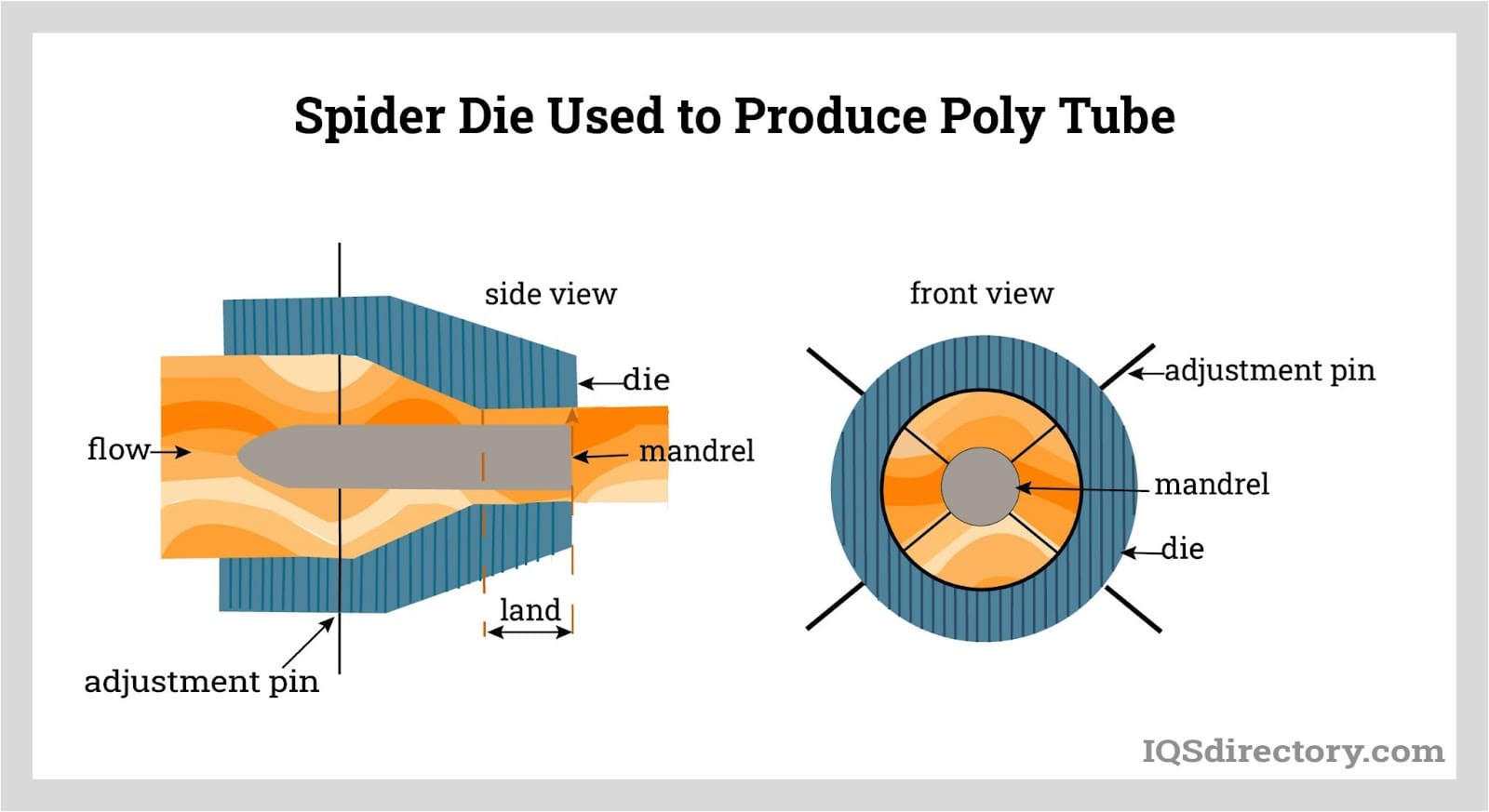
Rotational molding is a heat-based process where plastic in powder, granular, or liquid form is placed inside a mold. The mold is then heated and rotated, causing the plastic to melt and evenly coat the interior surfaces. This technique is particularly suited for manufacturing large poly tubes or those with complex designs. However, rotational molding is costly and labor-intensive, as each tube is molded individually.
The primary advantage of rotational molding is its precision in producing poly tubes with exact thicknesses. Similar to extrusion, the molded shape is cooled afterward, but in rotational molding, cooling is achieved either at room temperature or with a mist spray, or through a combination of both methods.
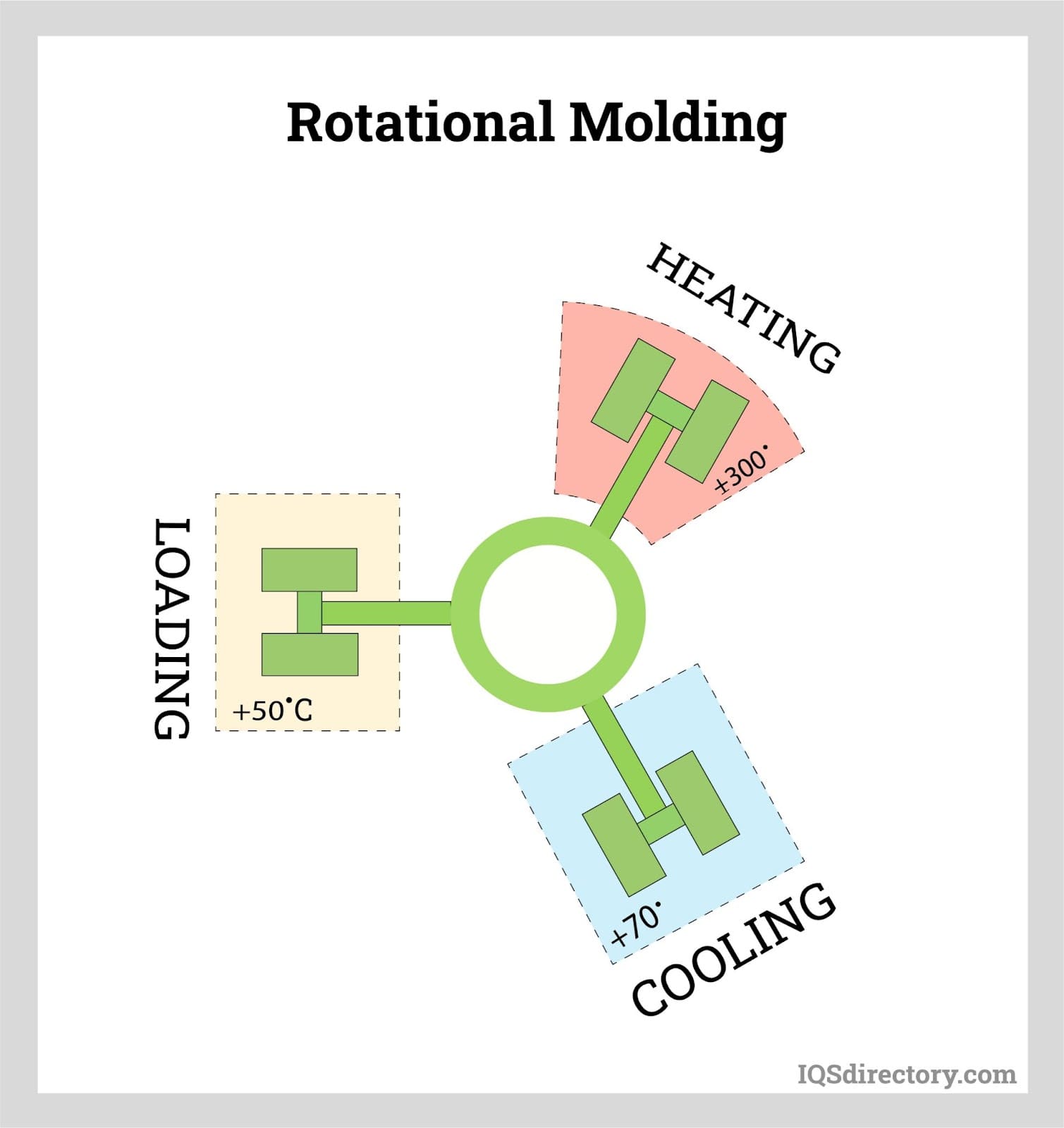
The pultrusion process combines elements of both pulling and extrusion to shape materials. It involves applying pressure to push molten material through a die, similar to extrusion, but with the added element of pulling the material through the die. During this process, the heated material is drawn over a mandrel that maintains the shape of the tubing while it cures.
One of the key benefits of pultrusion is its ability to produce tubing in various lengths and thicknesses with ease. After curing, the continuous lengths of tubing are cut to the desired size.
A related technique, known as pullbraiding, involves braiding fibers together as the tubing is pulled through, while still hot. This method allows for layers of fibers to be arranged at different angles by altering the braiding technique.
Both pultrusion and pullbraiding result in tubing with remarkable stiffness and an excellent strength-to-weight ratio. Pullbraiding offers an advantage by creating balanced tubing that can handle a variety of loads and features a unique appearance.
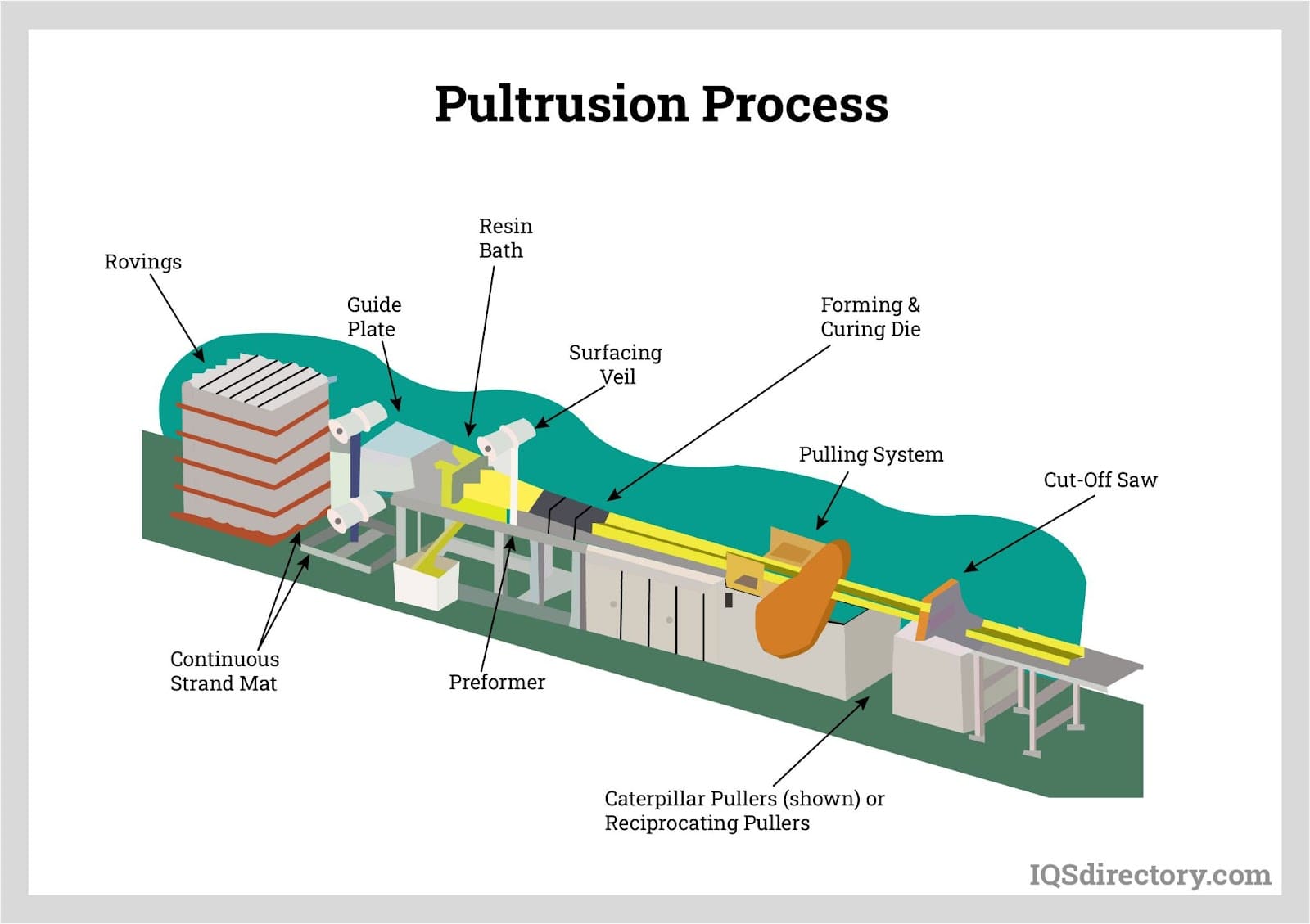
In both the United States and Canada, a wide range of machines is used for manufacturing poly tubing. These machines play a crucial role in modern industry by allowing for the efficient and economical production of poly tubing, which finds applications in sectors like medical, agriculture, food and beverage, and chemicals. Below, we explore some of the key machines used in this process.
Features: The Davis-Standard DS-SPF is a renowned blown film extrusion machine praised for its versatility and accuracy in poly tubing production. It boasts advanced control systems, high production rates, and the capability to handle a diverse range of polymer materials. Its widespread use is due to its dependable and consistent performance.
Features: The Gloucester Engineering X-SERIES flat die extrusion machine is well-regarded for its accuracy and high production capacity in poly tubing manufacturing. It provides improved melt consistency, precise temperature regulation, and a modular design that can be tailored for specific needs.
Features: The W&H VAREX II is a top-tier blown film extrusion machine favored for its efficiency in poly tubing production. It provides sophisticated automation, impressive production speeds, and exact control over film thickness, making it ideal for various applications within the packaging sector.
Features: The Macchi Coex Flex is a premier co-extrusion machine designed to produce multi-layered poly tubing, providing superior properties such as enhanced barrier protection and strength. It is well-regarded for its capability to blend different resins and precisely control layer thicknesses, ensuring excellent performance in challenging applications.
Features: The Leistritz ZSE MAXX twin screw extrusion machine is highly regarded for poly tubing production because of its superior mixing capabilities, consistent melt quality, and high throughput. Its intuitive interface and durable construction make it a preferred choice for a variety of polymer processing needs.
These machines are favored in the industry for their cutting-edge features, reliability, and efficiency in producing high-quality poly tubing. Note that manufacturers may have released newer models or updates since this article was published, so it's a good idea to consult the latest sources for the most current information.
Poly tubing is made from polyethylene, a widely used plastic known for its compatibility with chemicals, gases, and liquids. Often referred to as poly tube or PE in engineering and design contexts, polyethylene is frequently compared to polyurethane, which was developed during World War II as a substitute for rubber.
While polyethylene is less flexible than polyurethane, it offers superior resistance to moisture, cracking, and puncturing. Its impressive strength and durability make it a preferred material for producing corrosion-resistant piping.
Polyethylene is a polymer, which consists of repeating units called monomers. These monomers bond together to create polymers, with polyethylene being one of the most prevalent types. Although this describes the basic structure of polyethylene, there are various forms with different densities, molecular weights, and degrees of crystallinity. The distinctions between these polyethylene types are primarily due to the number and arrangement of side branches in their molecular structure.
HDPE has the lowest number of branches and is a cost effective and tough thermoplastic. The process for producing HDPE involves low temperature and low pressure to produce a density of 0.941 g/cm3. The lower number of branches is due to how tightly the molecules are packed together with stronger underlying intermolecular forces.
HDPE is selected for production because of its excellent tensile strength, durability against weather conditions, water resistance, and toughness in low temperatures. Additionally, it offers translucence and strong chemical resistance. HDPE is also known for its resistance to solvents, dilute acids, alkalis, and alcohols, as well as its moderate resistance to oils and greases.
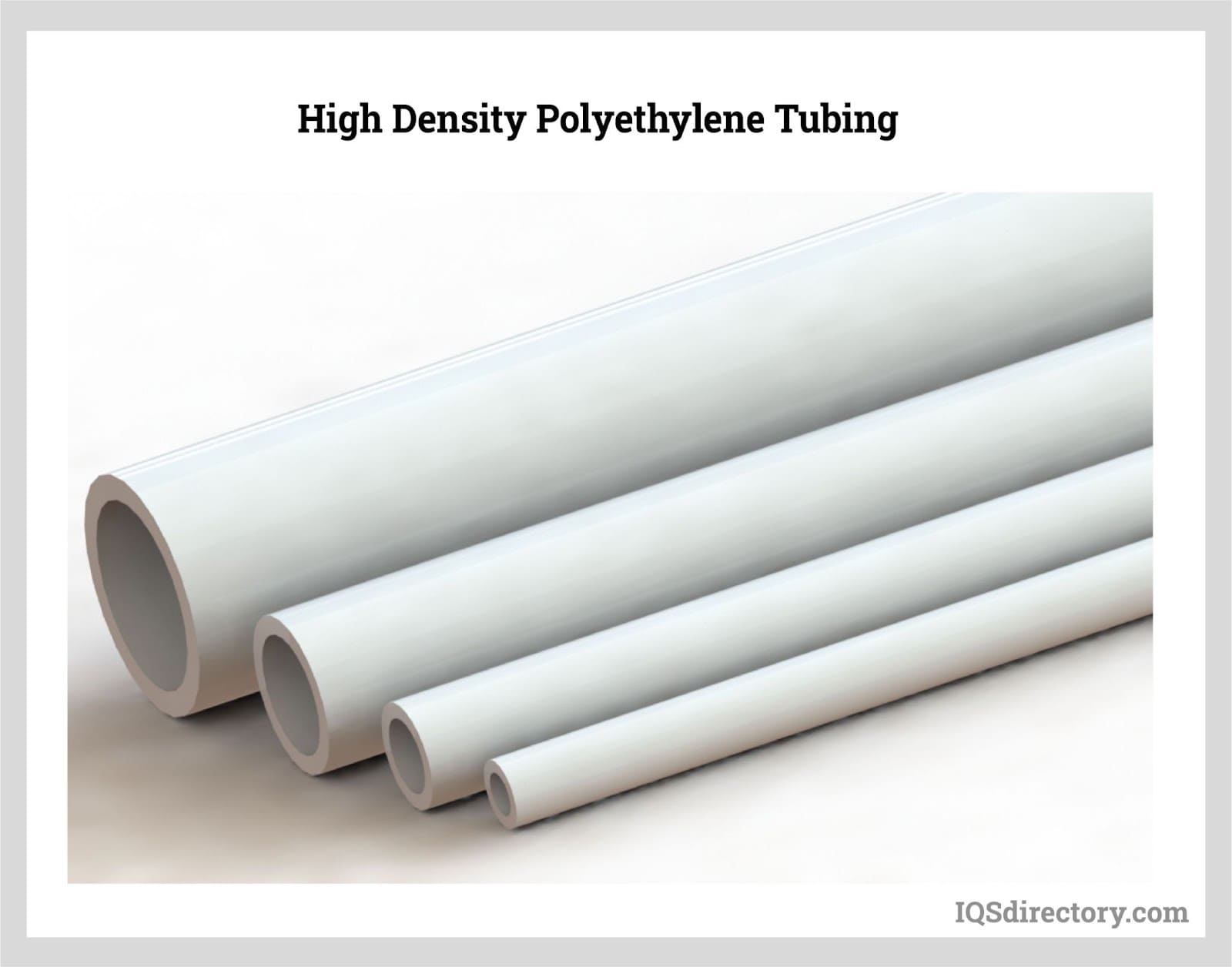
LDPE features more branching compared to HDPE, with a mix of long and short polymer chains. It has a semi-rigid structure and is produced under high pressure. This high-pressure process results in LDPE having less intermolecular strength and a less densely packed crystal structure than HDPE. Consequently, LDPE exhibits high ductility but lower tensile strength.
Like HDPE, LDPE resists dilute acids, alkalis, and alcohols. However, it shows only average resistance to hydrocarbons, mineral oils, oxidizing agents, and halogenated hydrocarbons. LDPE offers high impact resistance at low temperatures and good insulating properties. Additionally, being FDA-approved, LDPE is suitable for use in food processing and packaging applications.
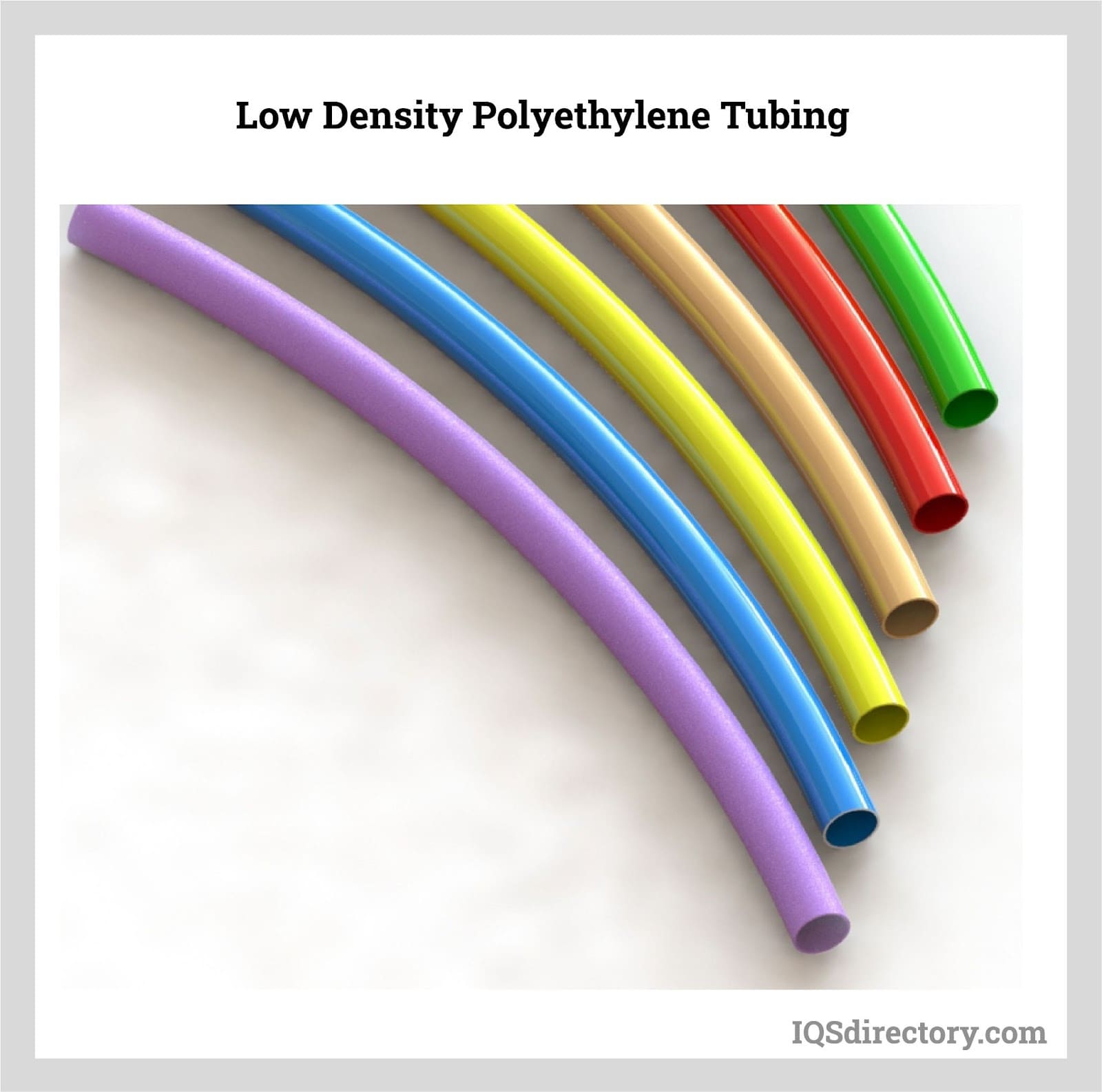
| The Qualities and Advantages of Low Density Polyethylene | |
|---|---|
| Low Density Polyethylene | |
| Outdoor Weathering | Fair |
| Impact Strength | Excellent |
| Rigidity | Fair |
| Coefficient of Thermal Expansion | Fair |
| Heat Distortion Temperature | Good |
| Clear or Opaque | Opaque |
LLDPE shares a similar structure with LDPE, featuring the same type of branches but with shorter lengths. It is created by polymerizing ethylene with butene, hexene, or octene, resulting in a density range of 0.815 g/cm³ to 0.925 g/cm³. Although LLDPE has lower tensile strength compared to LDPE, it is often used as an alternative in specific applications due to its superior impact and puncture resistance.
LLDPE is distinguished by its translucent, naturally milky color. It has a minimal environmental impact, as it burns cleanly, converting to carbon dioxide and water without emitting harmful fumes. While LLDPE is not typically used for poly tubing, it is primarily utilized in the production of packaging films.
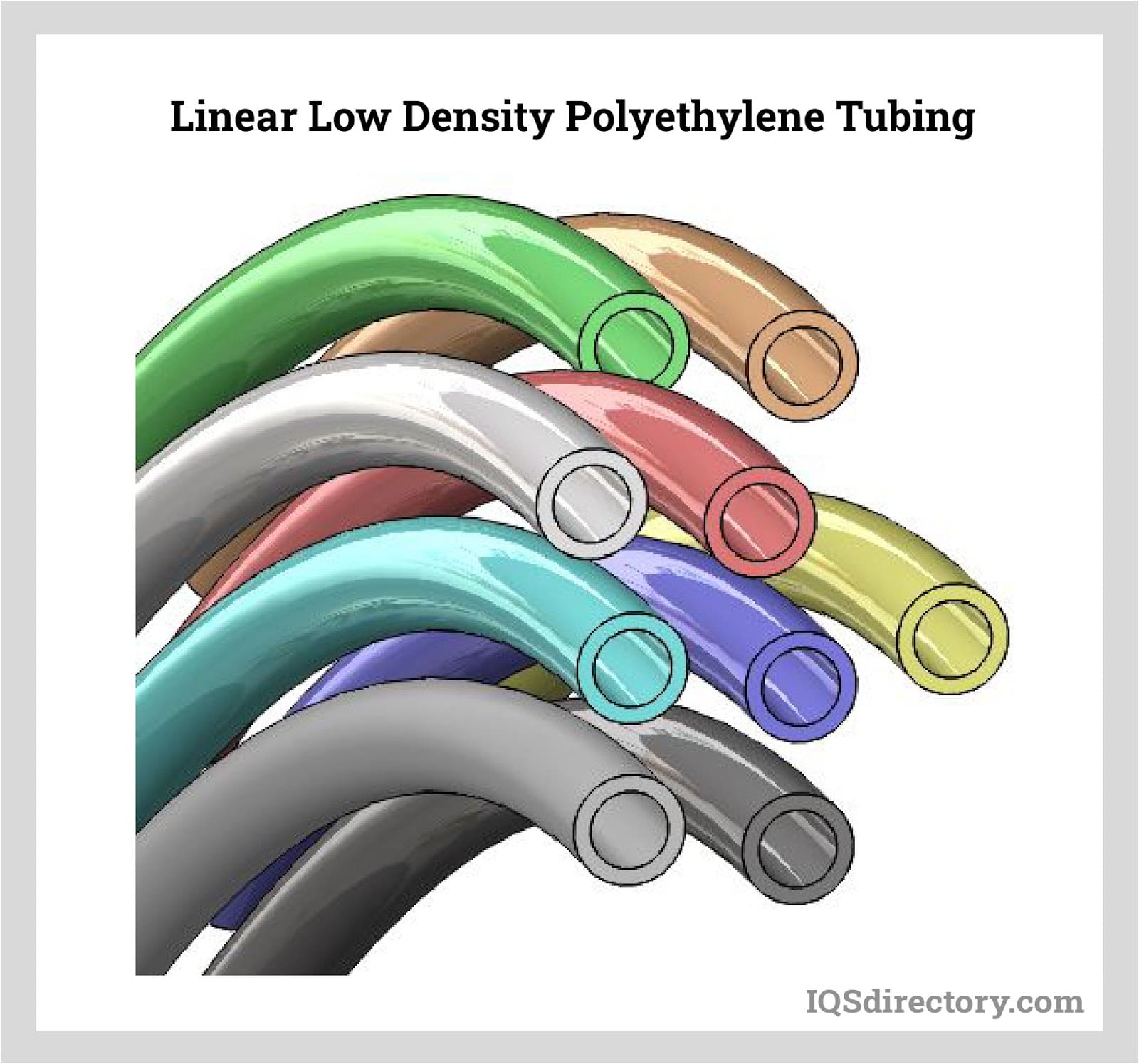
UHMWPE, or Ultra-High-Molecular-Weight Polyethylene, derives its name from its exceptionally high molecular weight, which ranges from 3.5 million to 7.5 million amu—about ten times greater than that of HDPE. It is manufactured using catalysts, with Ziegler catalysts being the most commonly employed.
UHMWPE is renowned for its superior resistance to wear and cutting, as well as its durability against abrasions. Its outstanding corrosion resistance makes it suitable for use in harsh and aggressive environments. Generally, UHMWPE is characterized as a highly advanced form of polyethylene with exceptional performance qualities.
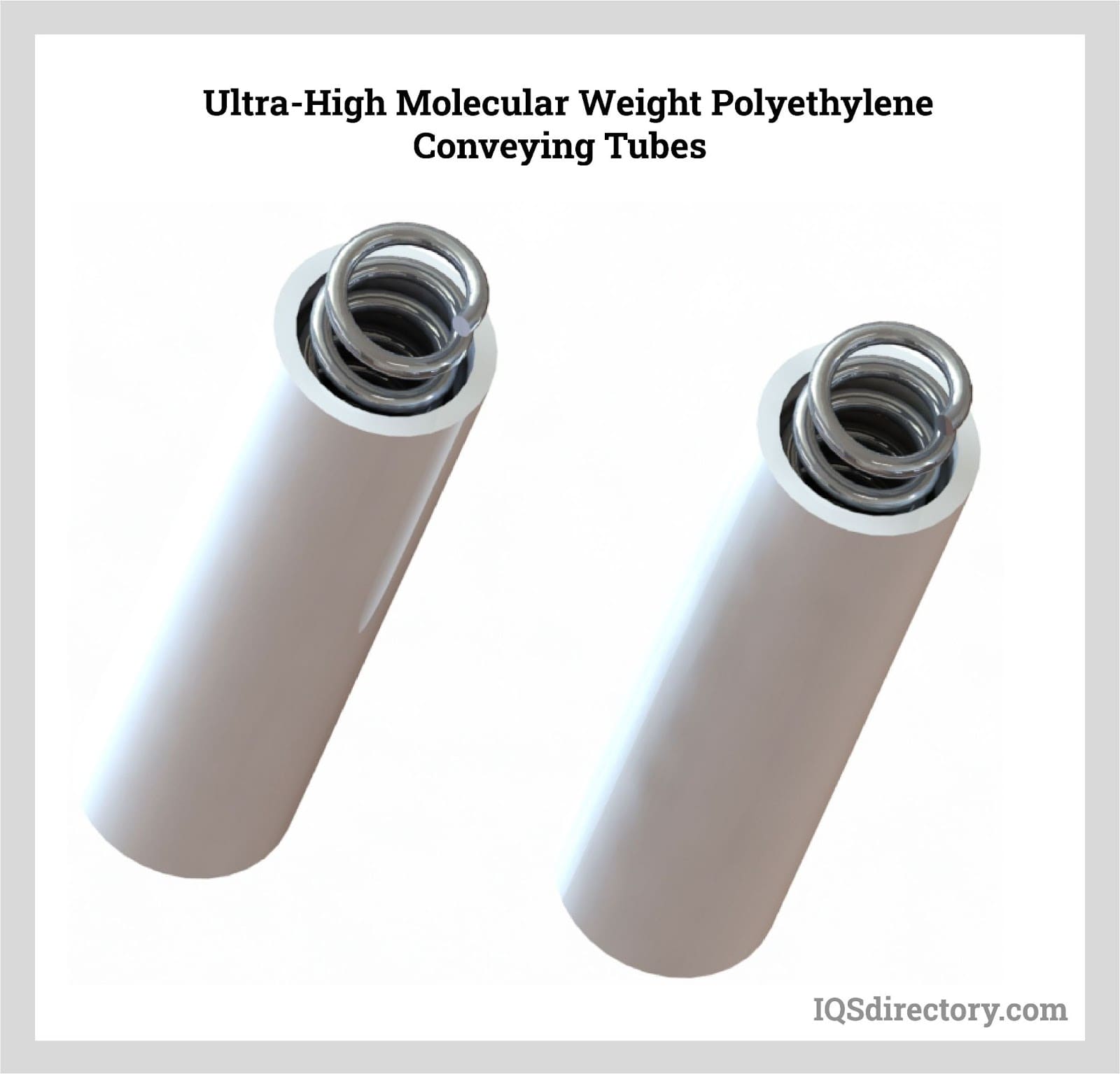
PEX, or cross-linked polyethylene, features cross-linked bonds within its polymer structure, making it a type of high-density polyethylene. It is classified as a thermoset plastic, meaning it cannot be reheated or melted once it has been shaped, and it degrades if melted. PEX is produced through a process that involves free radicals, organic peroxides, and high pressure to achieve the cross-linking.
PEX is highly valued for its exceptional chemical resistance and ability to withstand high temperatures, making it a popular choice for chemical piping in heating and cooling systems. It is also utilized in electrical applications for its insulating properties, such as in high-voltage cables. In plumbing, PEX can be stretched over fittings and then returns to its original shape, ensuring a tight and secure seal.
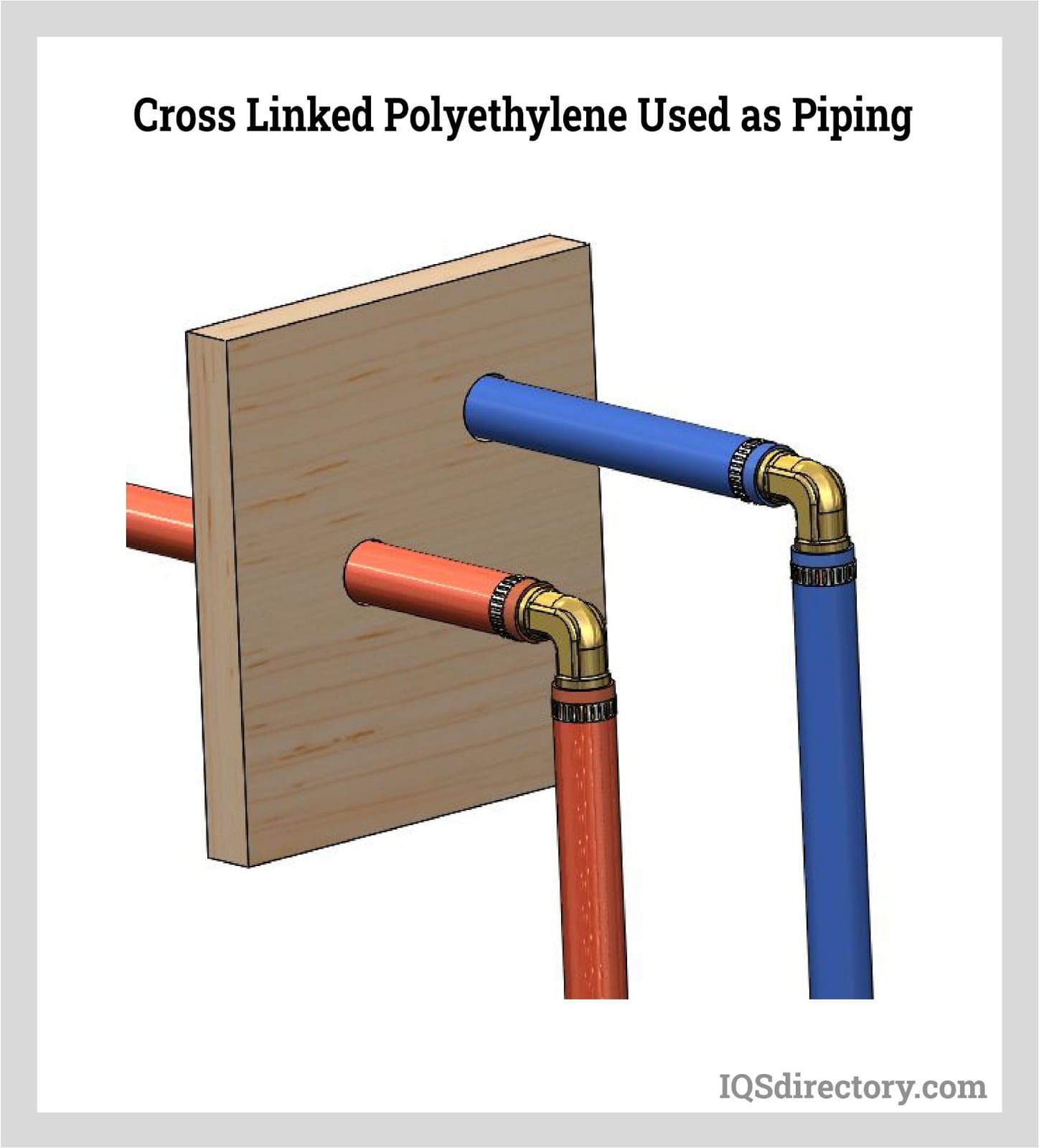
Polypropylene tubing is rigid, has a high melting point, and is puncture and chemical resistant. The strength and endurance of polypropylene tubing makes it able to withstand temperatures ranging from below freezing to temperatures over 275o F or 135o C. The fact that polypropylene is resistant to acids and alkalis makes it an ideal resource for industrial use as part of a fluid system or liner for metal piping.
The widespread use of polypropylene is largely attributed to its affordability and excellent quality. It is frequently employed in both commercial and residential waste removal systems.
Polypropylene tubing, as illustrated in the sample below, is produced in a crystal-clear form, which facilitates visual inspection of its contents.
Polyurethane is a polymer created by reacting diisocyanates with polyols, with numerous combinations resulting in various types of polyurethane. Tubing made from polyurethane is known for its flexibility, resistance to kinking, and durability against abrasion. It is available in a range of colors, which can be used for coding and system identification.
Similar to rubber, polyurethane offers strong chemical resistance, making it suitable for use across multiple industries. It is capable of withstanding high pressures and exhibits excellent hydrolytic stability.
Polybutene-1 is commonly used in plumbing systems due to its mechanical performance, exceptional flexibility, and excellent thermoplastic characteristics. Its ease of installation and flexibility contribute to its widespread use.
Polybutene-1 is produced using butene isomers, a basic hydrocarbon with four carbon atoms. This includes 1-butene, 2-butene, and isobutylene, which are incorporated into the polymer structure. The specific properties of polybutene-1 can vary based on the combinations of these molecules.
Poly tubing is highly popular due to its flexibility, light weight, durability, and resistance to corrosion. It is well-suited for transporting liquids, gases, and fluids across a broad range of applications. With FDA approval, it is also safe for use in food processing and handling materials in the food industry.
Polyethylene tubing is particularly valuable in situations where additional strength is needed and where there is a risk of corrosion. It offers the benefit of being resistant to rot, odor production, and any alteration of liquid taste.
Medical tubing must adhere to stringent standards and regulations specific to medical and pharmaceutical applications. It must be capable of handling a range of medical fluids without causing contamination or damage.
Poly tubing for medical use includes tubing for anesthesiology and respiratory equipment, intravenous tubes, catheters, and peristaltic pumps. When poly tubing is sold as medical tubing, it is labeled as such with a list of the standards that it meets as well as the applications for which it is appropriate.
Poly tubing or pipes are commonly used in agriculture for crop irrigation because they resist deterioration, rust, and corrosion. Unlike irrigation canals, which can experience fluctuations in water supply, poly tubing ensures a steady flow of water simply by opening the outlet. This setup provides consistent irrigation with minimal oversight.
Although the initial investment in poly tubing or piping is higher, the cost is offset by reduced labor expenses, as only two workers are needed for installation. Additionally, poly tubing's durability means it stays in place without shifting or breaking. Available in various diameters and wall thicknesses, poly tubing can be tailored to suit the specific needs of an irrigation system.
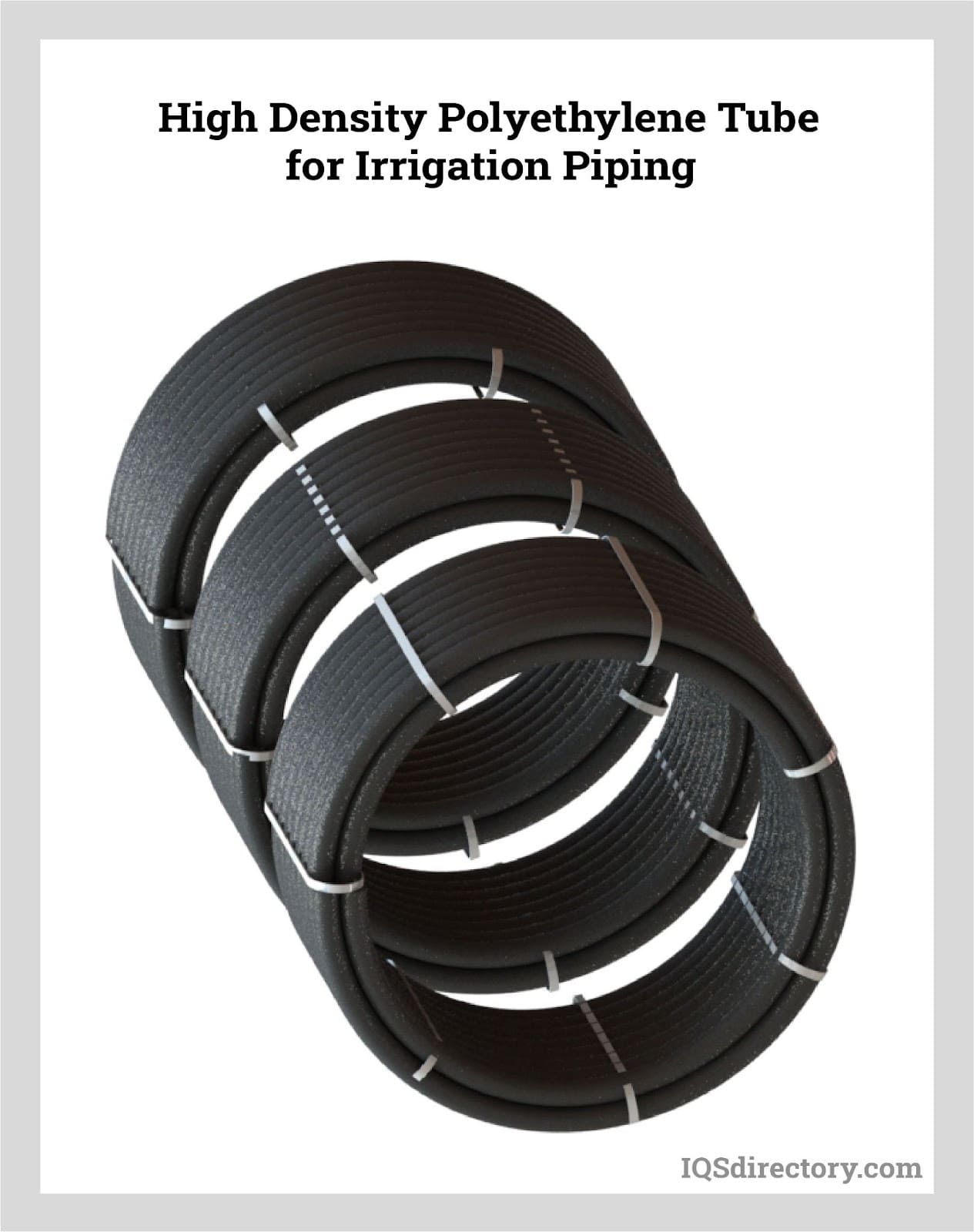
Components intended for the food and beverage industry must be manufactured to ensure the highest levels of sanitation and consumer safety. Tubing used in food processing must comply with FDA regulations, which set standards for any product that comes into contact with food.
The food and beverage industry typically uses Food Grade UHMWPE polyethylene tubing, which is suitable for all stages of food production due to its compliance with safety and quality standards.
HDPE and LDPE exhibit high compatibility with a wide range of chemicals, demonstrating resistance to strong acids, bases, oxidants, and reducing agents. Both types of polyethylene have been tested with over 150 chemicals at temperatures between 20°C and 50°C, showing positive interactions.
After 30 days of exposure to these chemicals, neither HDPE nor LDPE displayed any signs of damage, and both are projected to withstand similar conditions for up to a year. However, their performance declines when exposed to hydrocarbons, including aliphatic, aromatic, and halogenated types.
Though tubing is not considered an essential part of an air compressor, its significance radically improves when it clogs or fails. Even if it does not fail, there can be power losses and lowered efficiency when the wrong tubing is used.
Poly tubing is a preferred option for air compressors due to its reliability and efficiency in delivering compressed air. To perform effectively, air compressor tubing must handle air at the required volume, quality, and pressure to power connected components or devices. Poorly designed tubes and connections can lead to increased costs and potential damage to equipment.
Polyethylene tubing is selected for air compressors because it is resistant to corrosion and rust, lightweight, and simple to connect and install. Its smooth interior facilitates unobstructed airflow, while its durability and strength ensure long-term performance.
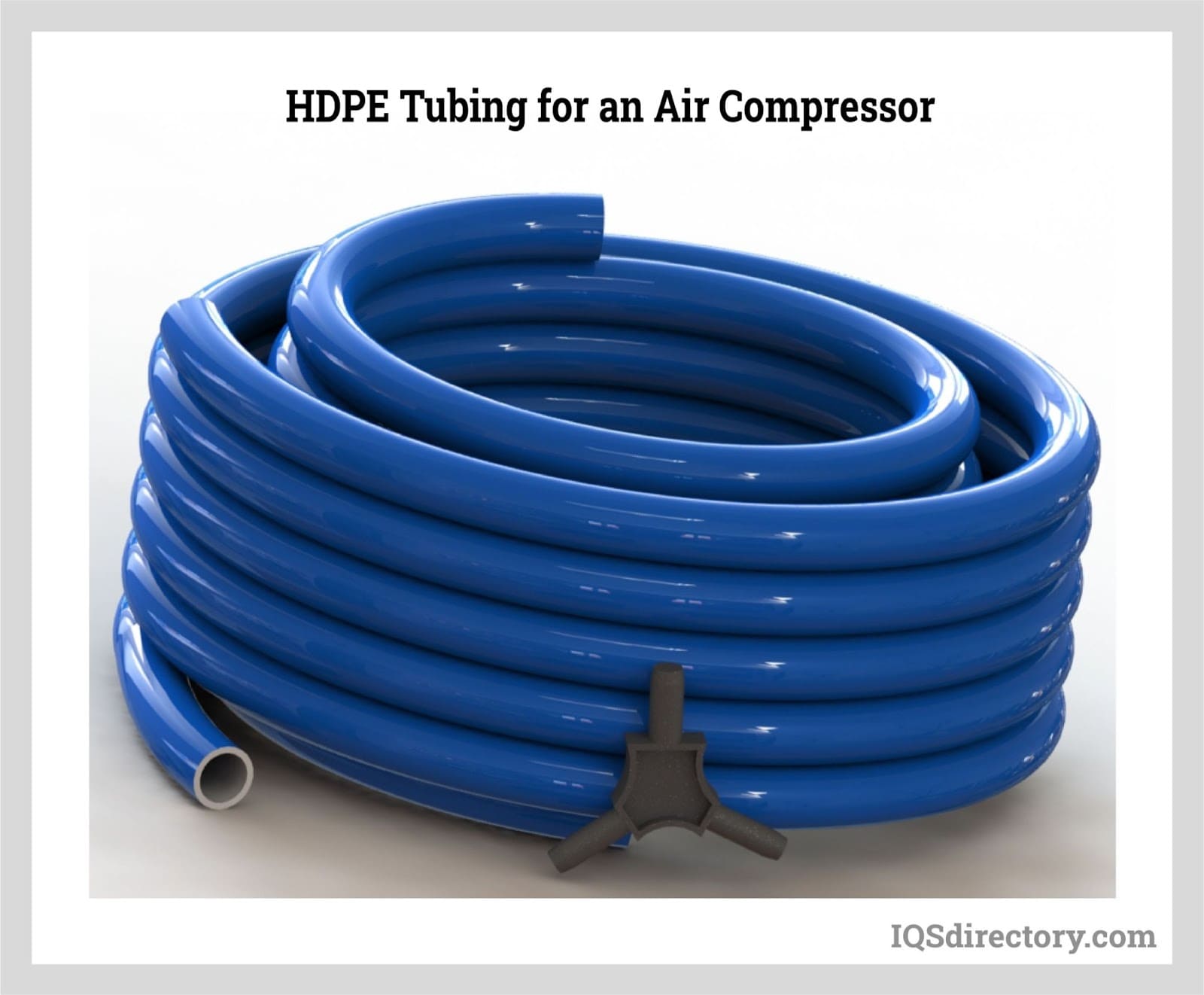
In the mid-20th century, many types of plastic or polymer tubing and piping proved unsuitable for plumbing due to issues like cracking, leaking, and other problems, leading to numerous lawsuits and litigation. In the 1980s, cross-linked polyethylene (PEX) emerged as a viable alternative to these less reliable materials.
PEX has since gained acceptance in the United States for use in water systems and radiant heating applications. Although it requires specialized fittings, its strength, durability, and reliability have established it as an effective solution for plumbing challenges.
HDPE has long been used for plumbing non-potable water systems. It is favored for its compatibility with welded joints, which eliminates the need for special equipment. HDPE’s flexibility allows it to handle harsh conditions and navigate corners without additional joints, enhancing its versatility and resilience.
Poly tubing is available in a variety of chemical compounds, each offering distinct advantages suited to different applications. These diverse types of poly tubing provide the flexibility needed for both plumbing systems and medical procedures.
The numerous benefits of poly tubing have established it as the most popular tubing option available. Despite being lightweight and flexible, it maintains the strength and durability necessary to endure frequent and ongoing use.
Poly tubing remains stable despite temperature fluctuations and is resistant to weathering, which contributes to its crack resistance. This makes it highly effective in environments with varying cold and warm conditions.
All types of poly tubing exhibit remarkable strength and durability. Their tensile strength helps prevent cracking, stress fractures, and impact damage. Poly tubes are resilient due to their resistance to abrasion and wear from fatigue.
A key factor contributing to the tensile strength of poly tubing is its ductility. Ductile materials can stretch and bend under pressure rather than cracking. This flexibility allows poly tubes to withstand strain by adapting to the pressure without breaking.
One of the most remarkable features of poly tubing is its combination of strength, durability, and endurance with lightweight and flexibility. No matter the size or type, poly tubing remains lightweight and flexible, making it an excellent choice for challenging installations and hard-to-reach areas.
In many modern applications, the weight of tubing materials is a critical factor due to considerations of sensitivity, mobility, and ease of installation. Poly tubing is significantly lighter than alternative materials, such as metals. This lightweight characteristic, coupled with its tensile strength and durability, makes poly tubing an invaluable resource for various projects. Its inherent flexibility allows it to adapt easily to complex installation requirements.
Corrosion is a significant concern in piping installations due to its potential for causing costly problems and reducing equipment efficiency. It can affect both the interior and exterior of pipes. Poly tubing addresses this issue effectively, as it resists rust, corrosion, rot, and biological growth. This resistance contributes to a longer service life and substantial cost savings.
Leaking pipes represent a significant cost and are a common issue in approximately 50% of fluid, gas, and liquid systems. Traditional pipe connections often have a predictable rate of leaks, as specified in their usage guidelines. In contrast, poly tubing utilizes heat fusion for its joints and connections, creating a tight, permanent, and durable seal that prevents leaks.
In the 21st century, environmental sustainability has become a critical concern for industries, businesses, and manufacturers. It is increasingly used as a key selling point and a primary consideration in the development and marketing of new products.
Poly tubing stands out as an eco-friendly choice due to its energy-efficient production process, ease of transport, and the fact that it does not require additional fittings for connection. Additionally, it does not release toxins during processing and can be recycled multiple times for various applications. Overall, poly tubing offers an ideal solution for tubing and piping needs while supporting environmental sustainability.
In today's business landscape, cost is often the deciding factor in purchasing decisions. This is why poly tubing is frequently chosen as a preferred material. While materials like copper, stainless steel, and aluminum offer various benefits, they cannot match the cost-effectiveness of poly tubing, which typically ranges from $0.40 to $0.70 per foot, depending on its type and quality.
Due to its numerous advantages, poly tubing has become a vital component in modern manufacturing. Its qualities and performance capabilities surpass those of many other materials, all while maintaining a significantly lower cost.

Nylon tubing, also known as polyamide tubing, is a type of tubing made from polyamide resin, which has a strong resistance to abrasion. It is used in high-pressure and high-temperature applications...
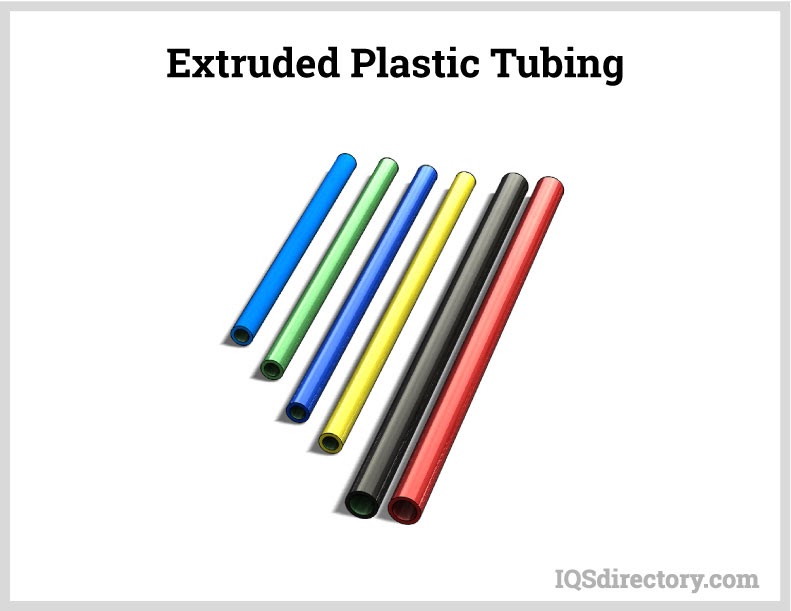
Plastic tubing is a form of tubing that is manufactured from a mixture of a polymer with a variety of chemicals to form a material that can be solid or flexible. Since its first use in the 1950‘s, plastic tubing has revolutionized industrial processes and has found a use in a wide variety of applications...
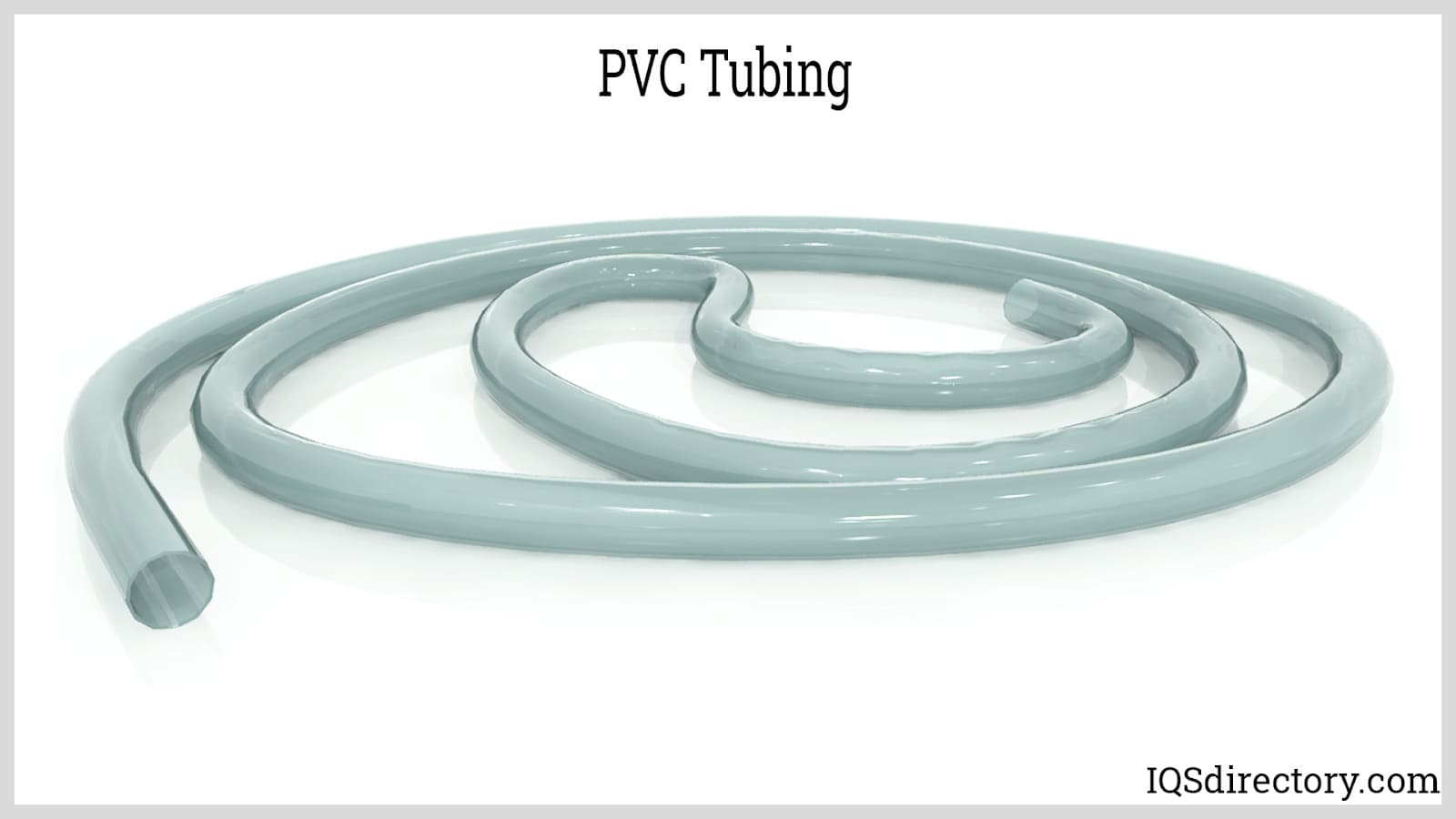
PVC is a tough chemically resistant synthetic polymer of vinyl chloride used especially for making pipes, films and electrical insulation. It is made by polymerizing vinyl chloride, and...
Silicone tubing is a very tough elastomer that exhibits high strength, flexibility, and resistance. Silicone tubing can be stretched without tearing and is highly versatile. It cannot be weakened with repeated bending and twisting due to...
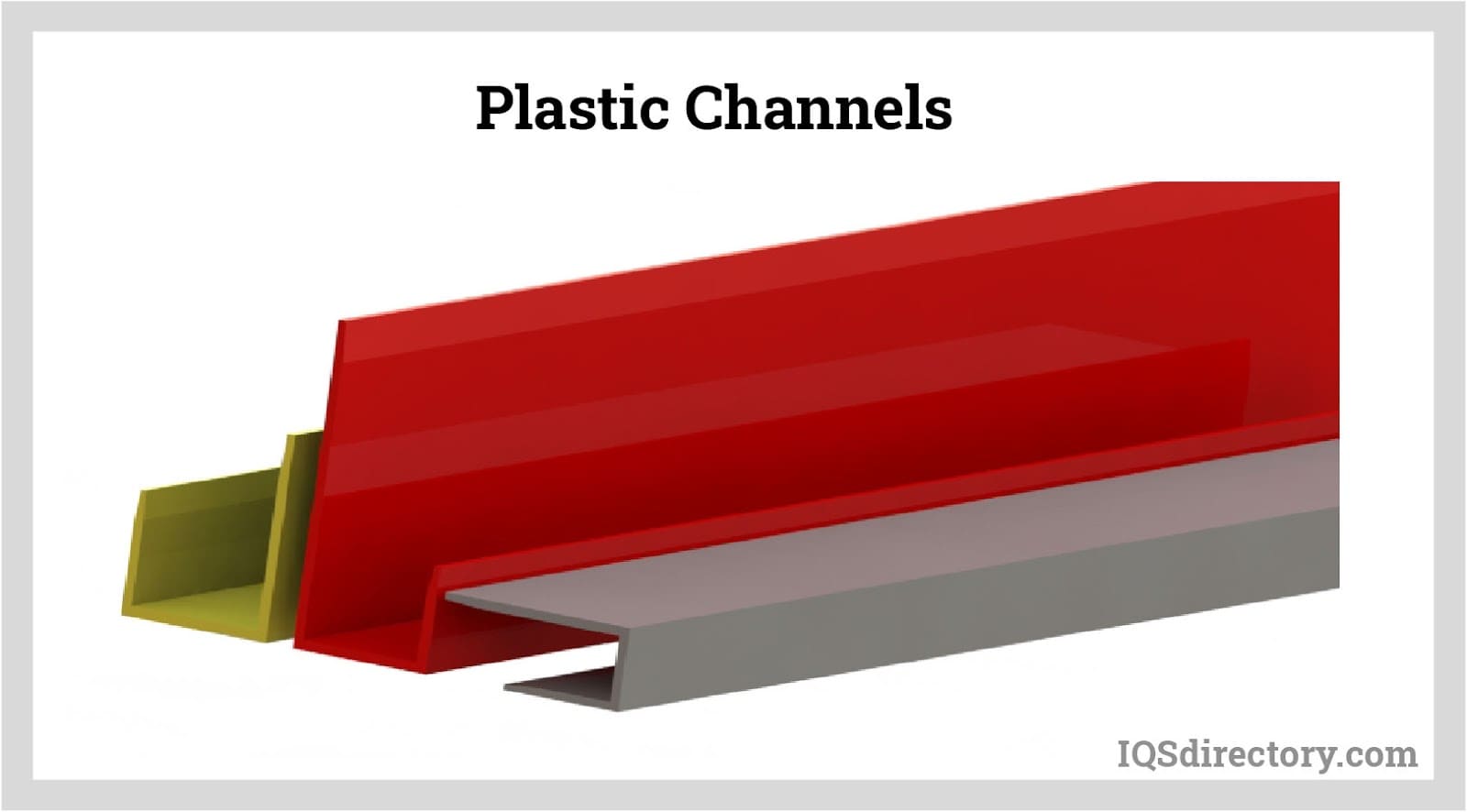
Plastic channels are plastic products that have linear extruded profiles. They have a constant cross-sectional shape across their axis. They are long and narrow structures, and their depth is relatively short. These products serve a variety of functions and uses...
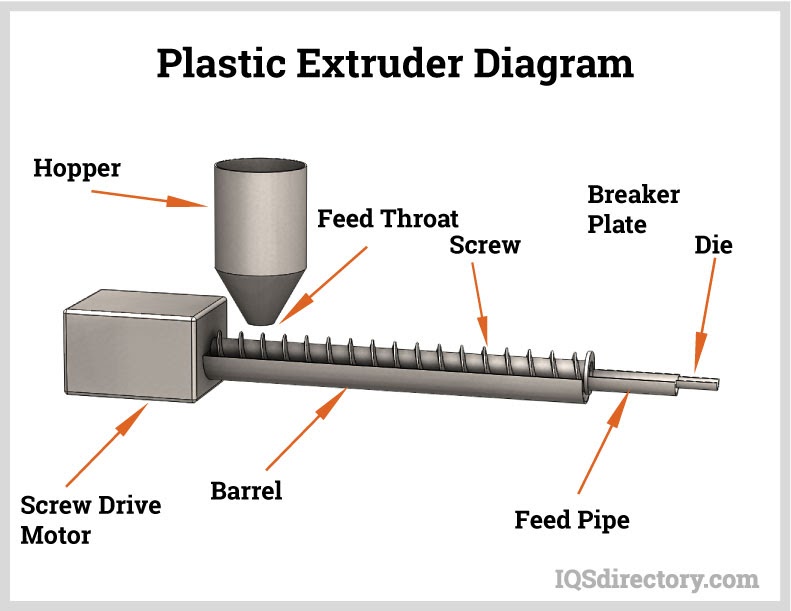
Plastic extrusion, also known as plasticating extrusion, is a continuous high volume manufacturing process in which a thermoplastic material -- in a form of powder, pellets or granulates -- is homogeneously melted and then forced out of the shaping die by means of pressure...
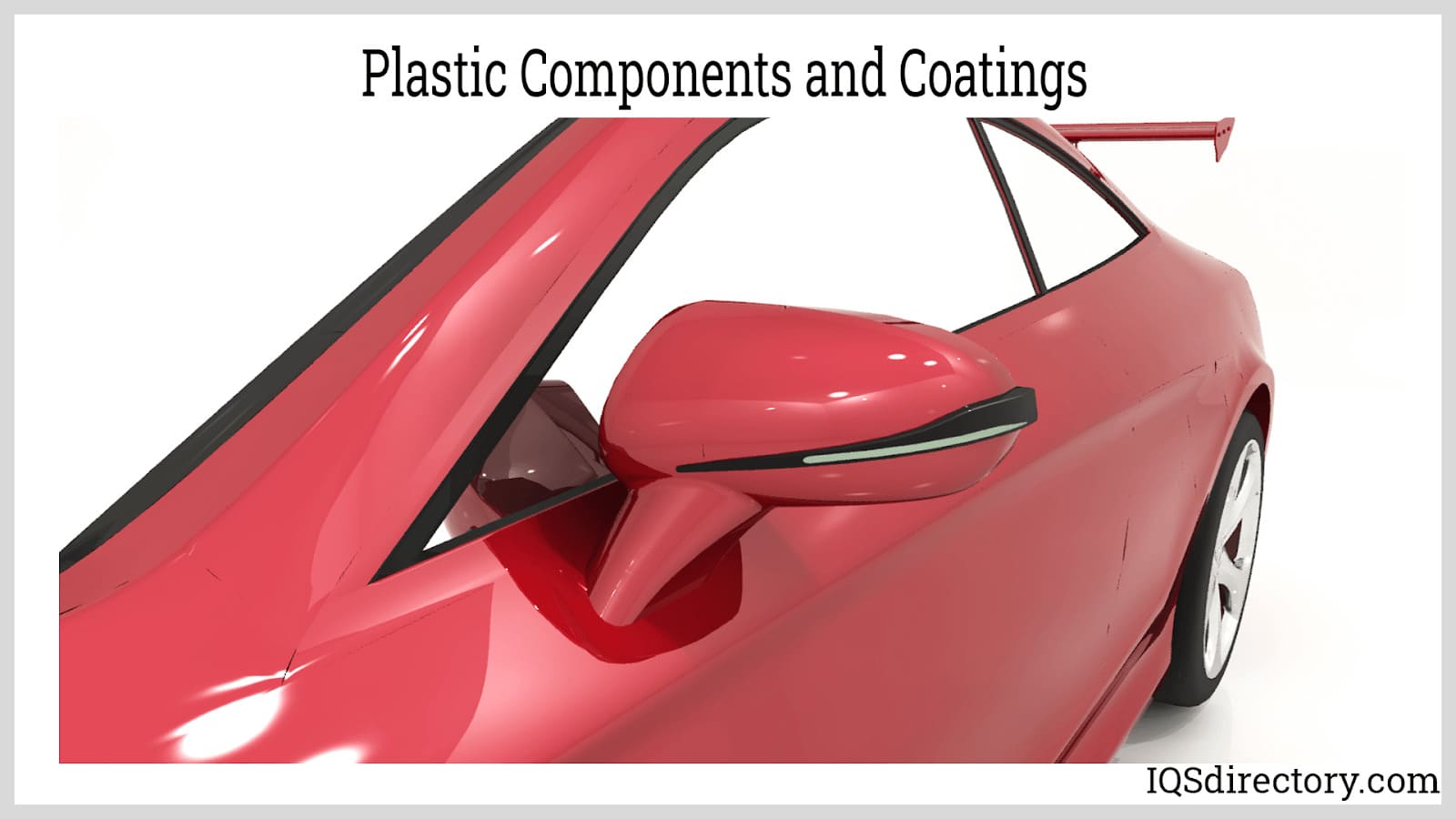
Plastic materials are objects artificially made from organic compounds called polymers along with other additive components. They possess excellent formability, making them extremely versatile for many different fabrication and manufacturing processes...
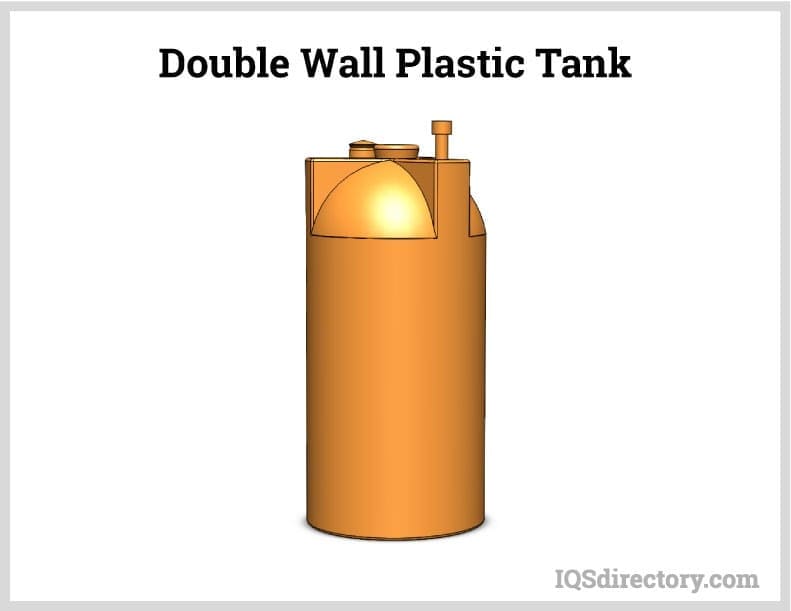
A plastic tank is a large capacity liquid or granular storage unit that can be vertical, horizontal, below or above ground, as well as movable. They are designed to hold several gallons of a variety of substances for long periods without experiencing wear, weathering, or deterioration...
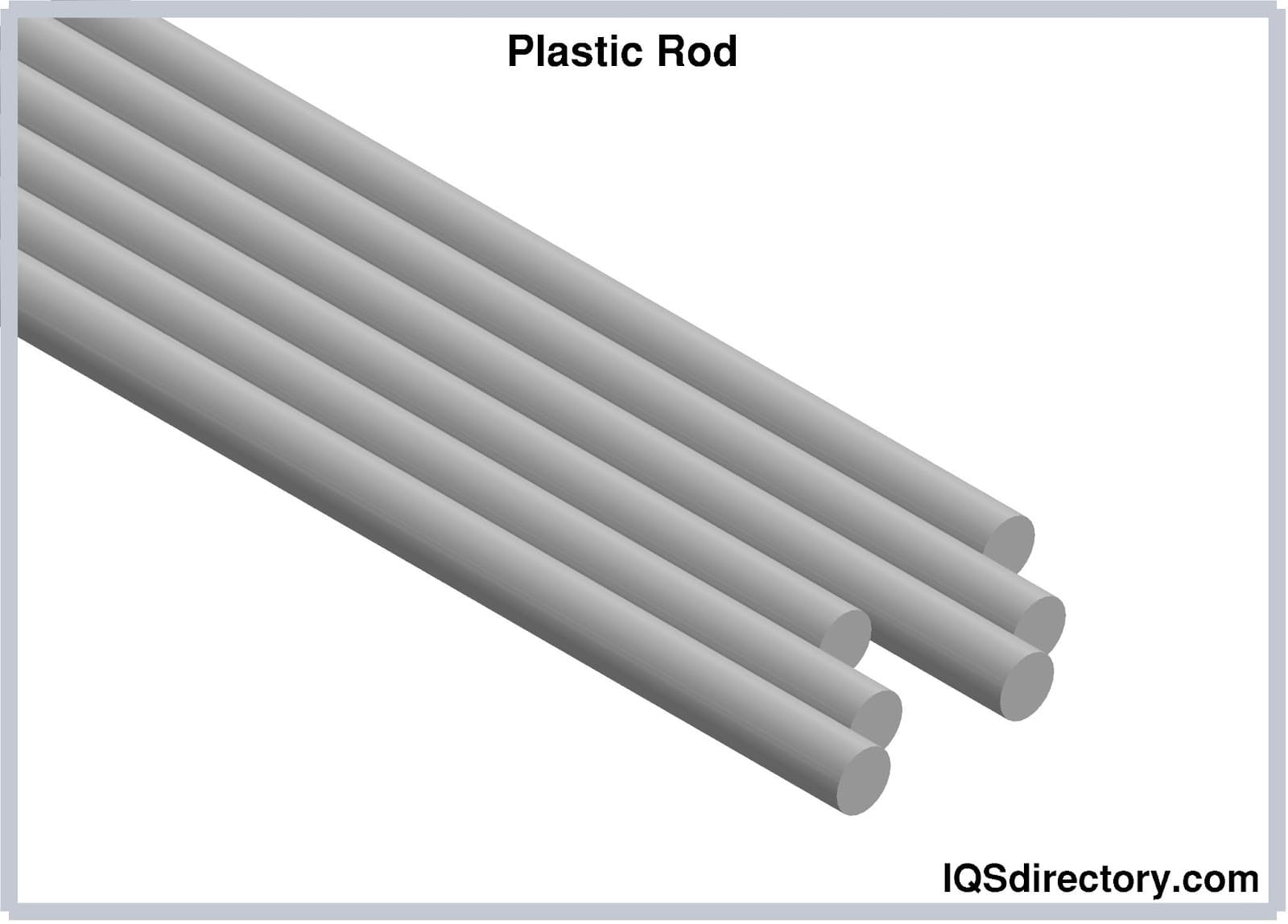
A plastic rod is a solid plastic shape made by the process of plastic extrusion or plastic co-extrusion. These have a contrast of plastic tubing and hollow plastic profiles. Plastic rods are found in various industries, including...
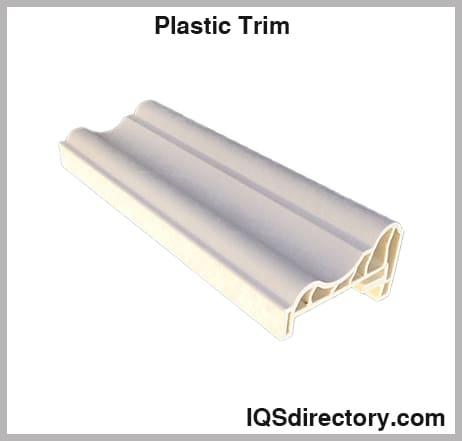
Plastic trim products are extruded linear profiles that can be made to any length. Because of its ability to attach, hold, and seal, plastic trim has many applications. Plastic, HDPE, LDPE, butyrate, PVC, acrylic, and...
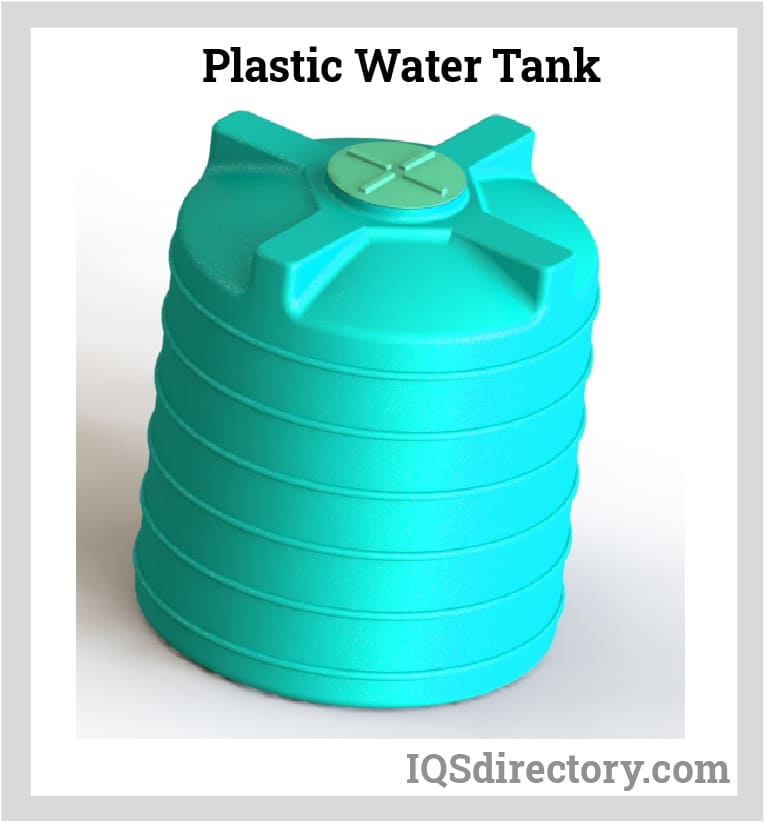
A plastic water tank is a large capacity container designed to store water for household, agricultural, irrigation, and industrial manufacturing use. There are various types of water tanks produced to meet the needs of specific applications, with...
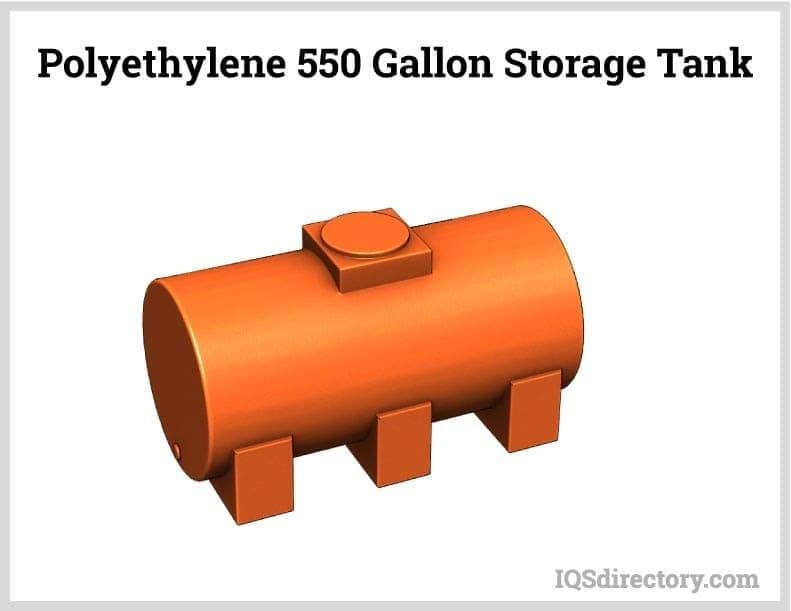
A poly tank is a plastic storage tank used to store, transport, and collect water, other liquids, and granular or powder materials. They are made of polyethylene or polypropylene and are a cost effective, lightweight, and easy to handle...
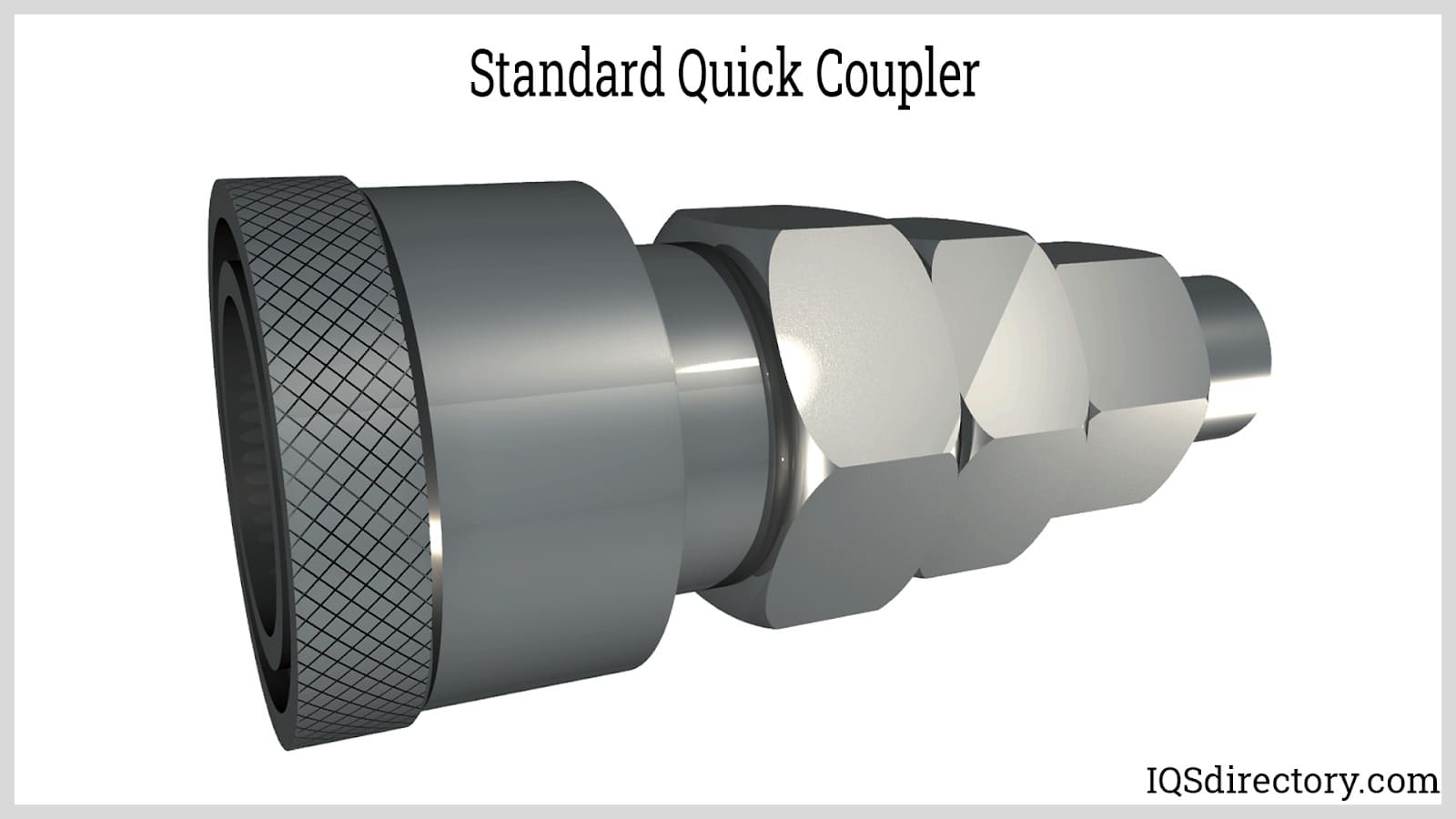
A coupling is a device that is used to transmit power between two shafts connected together at their ends. Couplings serve one primary purpose: to join two pieces of rotating equipment together, while...